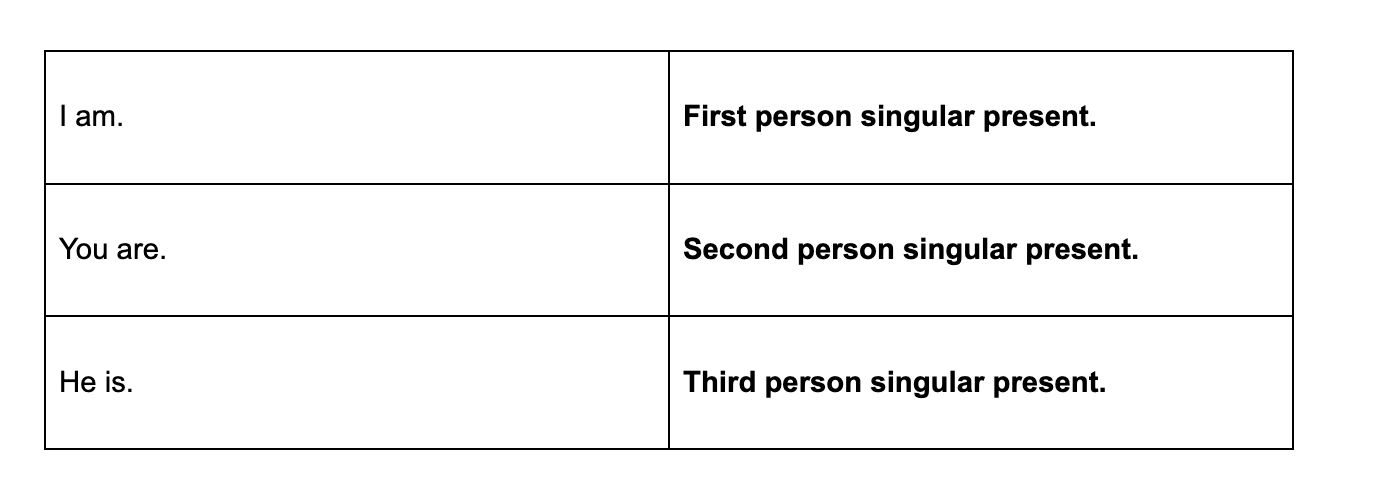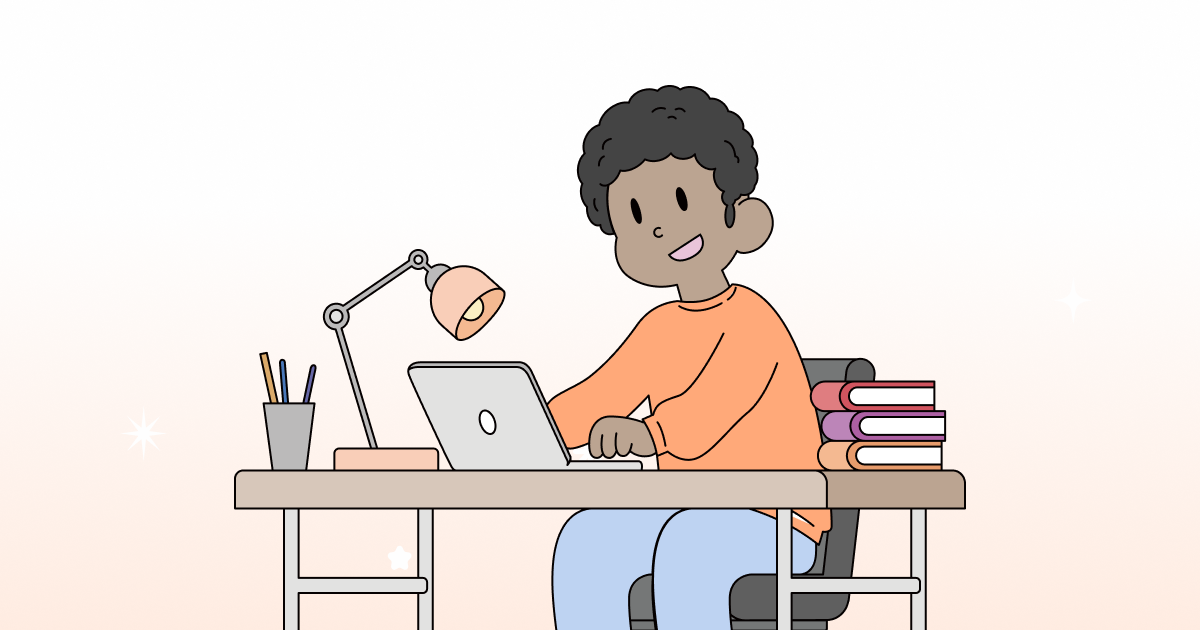- Is "Is" a Verb? Yes, "is" is a verb.
For example, is "is" a verb in the sentence "he is reading a fascinating book". Yes, "is" is used as a form of the verb "to be."
Specifically, "is" is the third-person singular present tense form of "to be," and also acts as a helping, linking (a.k.a state of being verb) and main verb.
It serves as a linking verb that connects the subject, "He," to the complement, "reading a fascinating book."
What is a Verb?
Before delving into the status of "is," let's refresh our understanding of verbs. Verbs are the action words in a sentence, expressing what the subject is doing or the state of being. They are the engines that drive the dynamics of language, turning static ideas into vibrant actions.
So, is "is" a Verb ?
Specifically, "is" is a form of the verb "to be" and describes a state of being rather than an action.
Defining "To Be"
"To be" is an irregular verb with a chameleon-like quality, seamlessly adapting to different contexts and tenses. Its primary role extends beyond mere action, encompassing states of being, existence, and linking subjects to their complements.
The Various Forms:
Am:
- This form aligns with the first person singular (I).
- Example: I am going to the store.
Is:
- "Is" is the third person singular form, typically used with he, she, or it.
- Example: She is reading a captivating novel.
Are:
- "Are" caters to the second person singular (you) and both the first and third person plural (we, they).
- Example: You are my best friend.
Was:
- "Was" takes the stage in the first and third person singular past tense.
- Example: He was a brilliant scientist.
Were:
- "Were" is the past tense form for the second person singular (you) and both the first and third person plural (we, they).
- Example: We were exploring new territories.
Details of the word "is" as a verb
"Is" is a...
- third person singular present.

Linking verb/state of being verb
Linking verbs serve the purpose of connecting the subject of a sentence to a subject complement, which provides additional information about the subject, often describing a state of being or identifying characteristics.
In this case:
"The aroma of freshly baked bread is intoxicating."
- Subject: "The aroma of freshly baked bread"
- Linking Verb: "is"
- Subject Complement: "intoxicating"
The linking verb "is" connects the subject, the aroma of freshly baked bread, to the complement "intoxicating," describing the state or quality of the aroma. It indicates that the aroma possesses the quality of being intoxicating, emphasizing its appealing and alluring nature.
Auxiliary verb
Auxiliary verbs, also known as helping verbs, are used alongside the main verb to convey various shades of meaning, such as tense, aspect, mood, and voice.
"She is preparing for her exams by reviewing her notes and practicing past papers."
In the sentence "she is preparing for her exams," the word "is" is used as an auxiliary or helping verb.
In this case:
- Subject: "She"
- Auxiliary Verb: "is"
- Main Verb: "preparing"
The auxiliary verb "is" is helping the main verb "preparing" by indicating the present continuous tense. It conveys that the action of preparing is happening in the present and is ongoing. The combination of the auxiliary verb "is" with the main verb "preparing" allows for a more nuanced and specific expression of the action in time.
Main verb
"The chocolate cake is delicious."
In this sentence, "is" serves as the main verb, conveying the state or quality of the chocolate cake. It is not assisting another verb but rather expressing the essential characteristic of the cake, which is delicious.
More example sentences
Example sentences using "is" as a verb.
- The sun is shining brightly in the clear blue sky.
- My favorite color is turquoise because of its calming effect.
- Learning a new language is a rewarding but challenging experience.
- The answer to the math problem is 42.
- His passion for music is evident in the way he plays the guitar.
- The cat is curled up on the windowsill, enjoying a nap in the sunlight.
- Winter in this region is characterized by heavy snowfall and cold temperatures.
- The key to a successful team is effective communication among its members.
- Shakespeare's "Hamlet" is a classic play that explores themes of tragedy and revenge.
- Patience is a virtue that becomes particularly important in times of adversity.
Common Pitfalls
Language learners often encounter difficulties when distinguishing between action verbs and linking verbs. While action verbs describe physical or mental activities, linking verbs like "is" connect the subject to a subject complement, providing more information about the subject's state or identity.
Summary
In the grammatical landscape, the verb "is" stands as a sentinel, bridging the realm of action and being. Understanding its role as a linking verb elucidates its significance in conveying not just what someone does but also who they are or the state they inhabit. So, the next time you ponder the nature of "is," rest assured that it is indeed a verb, weaving together the tapestry of language with its subtle yet impactful presence.
Want to sound like a native speaker?
Engram’s AI-powered grammar checker makes your English sound like a native speaker’s, suggesting natural English expressions on top of fixing grammar, spelling, punctuation, word order, and vocabulary.

References:














